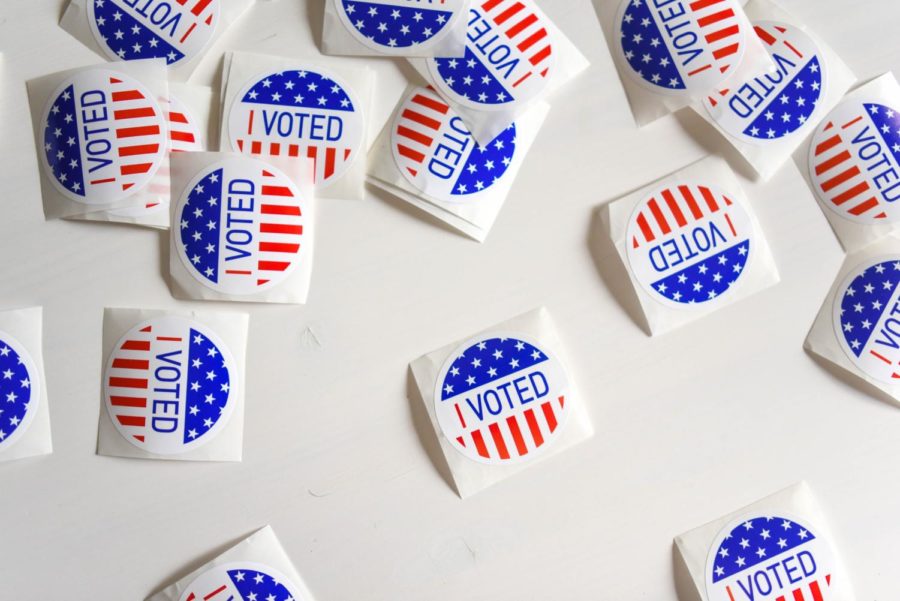Election Day 2021
November 17, 2021
On Tuesday, November 2, individuals from all around the nation came out to represent their communities and vote on important issues in the U.S.’ annual election. Policies regarding policing, electoral reform, and COVID-19 response were up for a vote. According to the National Conference of State Legislatures, a total of 24 statewide ballot measures were up for consideration in six states. Several propositions were also voted on. Specifically, in New York State, 4 proposals were drafted – all of which have the potential to influence the entire population of New York. Other proposals that only affect certain communities were also drafted.
The New York statewide ballot proposal 1, if approved, would have required state assembly and senate district borders to be based on total population, including non-citizens. It would also have required that jailed persons be counted at their last location of residence rather than where they are held in the state constitution. However, this proposal was not approved, as only 44% of voters voted “yes.”
The New York statewide ballot proposal 2 consisted of propositions that would ensure the protection of public health and the environment. If approved, an additional right would be added to the Bill of Rights in Article I of the New York Constitution, namely, the right to clean air, water and environment. This right would have a major influence on lawsuits regarding the environment. This proposition was approved by the majority with around 68% approval of voters.
The New York statewide ballot proposal 3, if enacted, would allow for voters to register to vote less than 10 days before an election. It ultimately failed, as 57% of voters voted “no.”
Currently, an absentee ballot may be utilized by a voter if they are unable to vote in person due to a medical condition or sickness. The statewide ballot proposition 4 in New York would eradicate the necessity for voters to offer an explanation for their reason behind voting by an absentee ballot. This proposal was not passed after only being approved by 43% of voters.
Proposal 7 would only affect one locality, Albany, and thus was only voted on by Albany voters. The Community Police Review Board would be amended under this proposal, which includes the potential for the board to conduct its own investigations into police conduct. Supporters of the concept argued that it would improve relationships and collaboration between people of the community and the police force. Members of the Albany Police Department, however, expressed concern about the ambiguity of the idea. This plan was adopted, obtaining almost 70% of the total votes cast, as well as support from the city council and mayor.
This election has resulted in a variety of outcomes, but the ones passed are likely to have a long-term influence on future generations in terms of electoral and environmental reforms.



